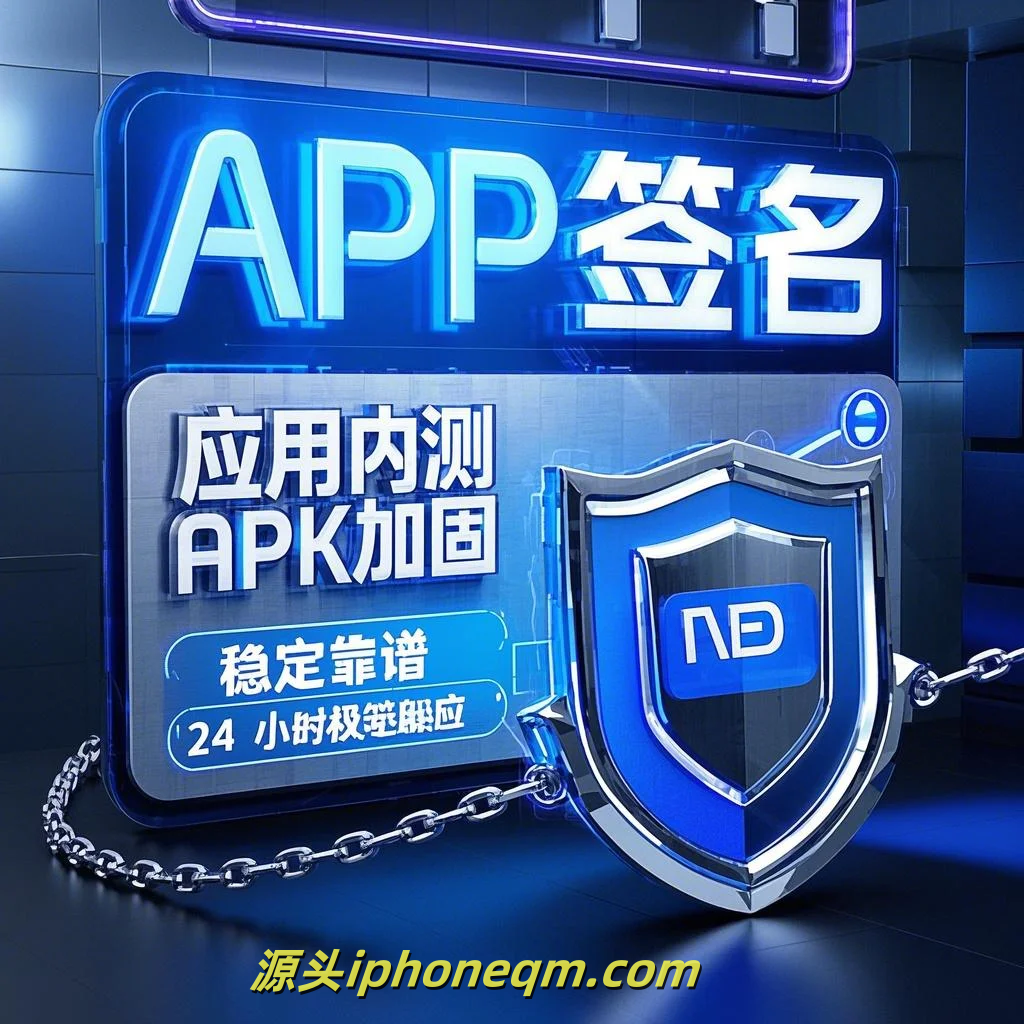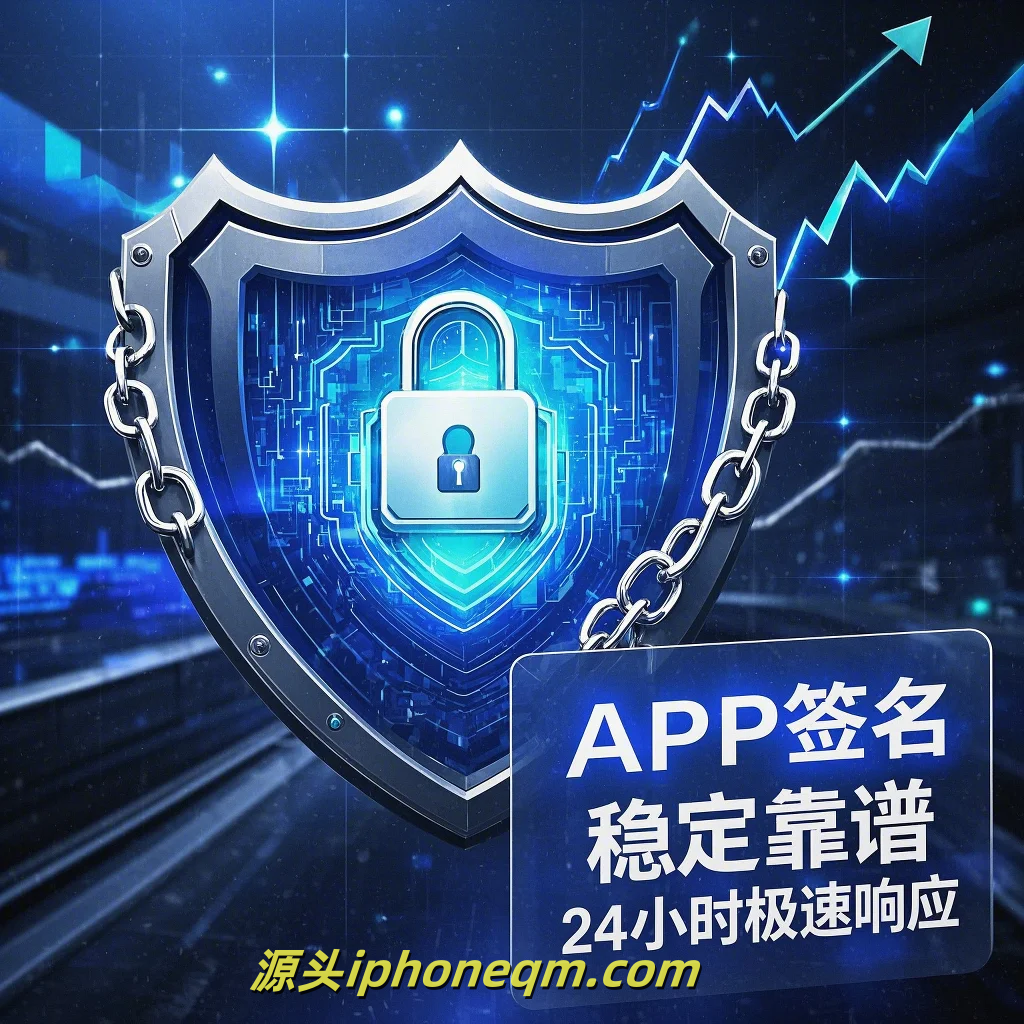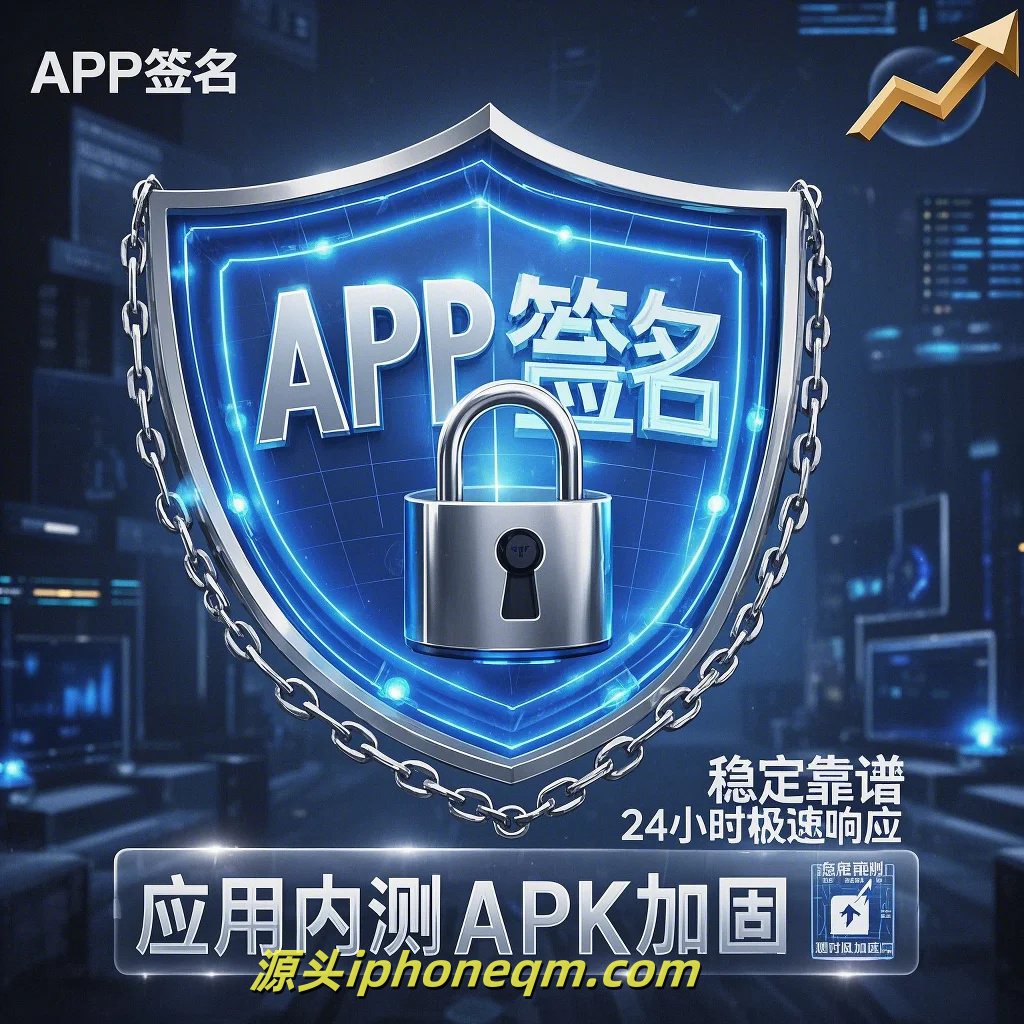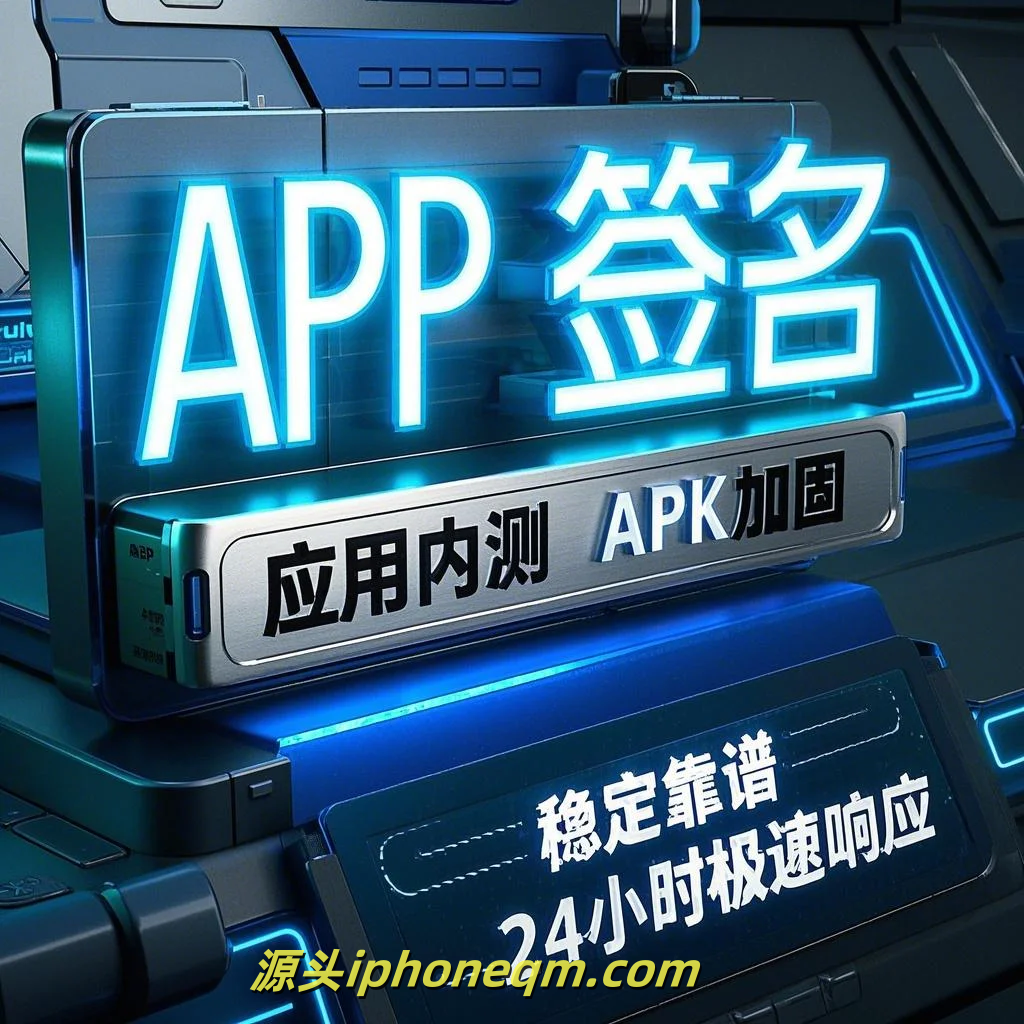Essentials for New Developers in iOS Signing
In the world of iOS app development, understanding the intricacies of code signing is crucial for new developers. If you're just starting out, navigating the landscape of iOS signing can seem daunting. However, mastering these essentials will not only ensure your app runs smoothly but also help you maintain security and integrity. Let’s break it down into key components.
First and foremost, what is code signing? At its core, code signing is a security technology used to verify that an app has not been altered or corrupted since it was last signed. It provides assurance to users that the app comes from a known source and hasn't been tampered with. For developers, it’s a mandatory step before distributing apps on devices or the App Store.
To begin with, you need an Apple Developer account. This is your gateway to the iOS development ecosystem. The account gives you access to vital resources including certificates, identifiers, profiles, and App Store Connect. Enroll in the Apple Developer Program, and you're ready to dive deeper.
Next, let’s discuss certificates. A code signing certificate proves your identity as the app developer. There are two types of certificates you will encounter: Development and Distribution. The Development certificate allows you to sign apps for testing and debugging during development. Meanwhile, the Distribution certificate is necessary for submitting your app to the App Store or distributing it via ad-hoc methods.
After obtaining your certificates, you’ll need to create App IDs. An App ID uniquely identifies your app and is essential for enabling specific services such as push notifications and in-app purchases. Defining the App ID can be straightforward, but it's critical to ensure that it aligns with your app’s bundle identifier – a unique string that identifies your app in the system.
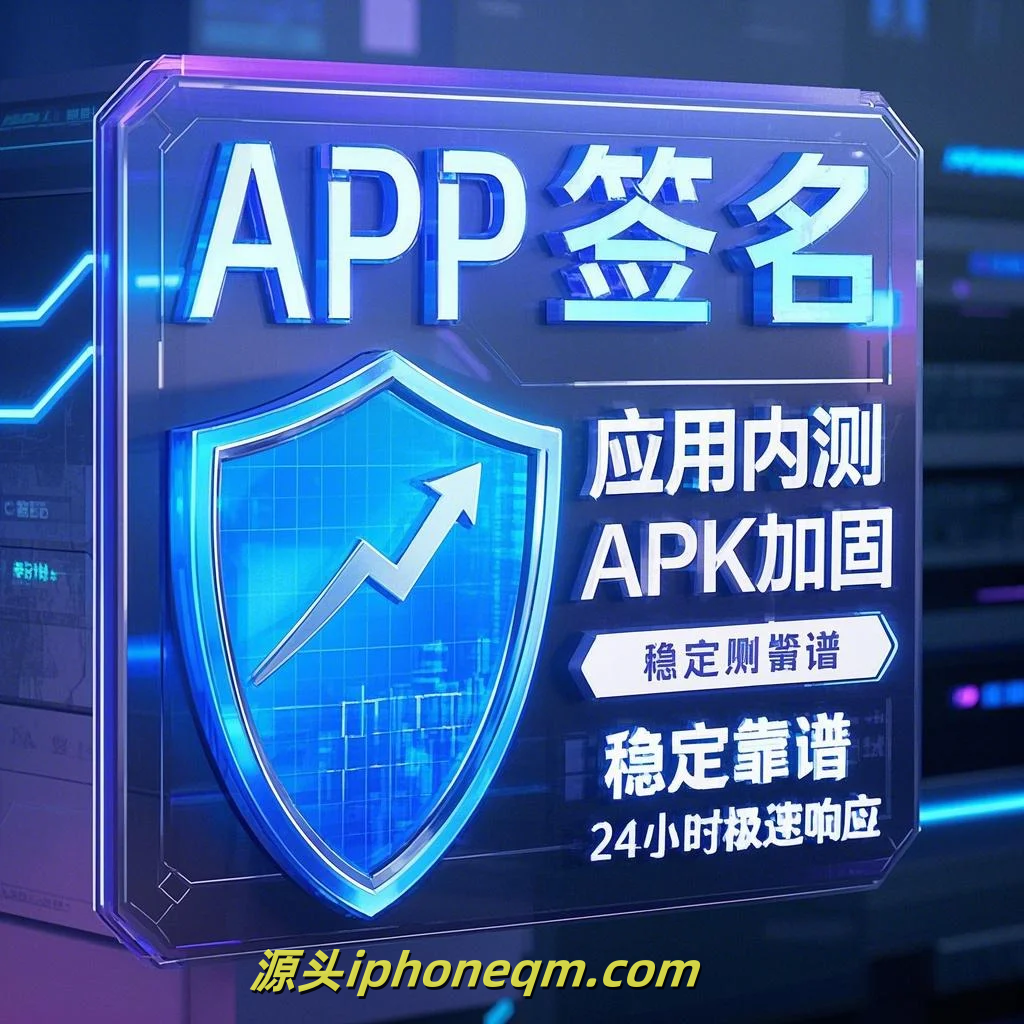
Following this, Provisioning Profiles come into play. They act as a bridge between your app, devices, and certificates. A provisioning profile includes information about your app's App ID and the devices on which it can be installed. There are two main types: Development and Distribution profiles. Development profiles allow testing on registered devices, while Distribution profiles manage app submission to the App Store or ad-hoc distribution.
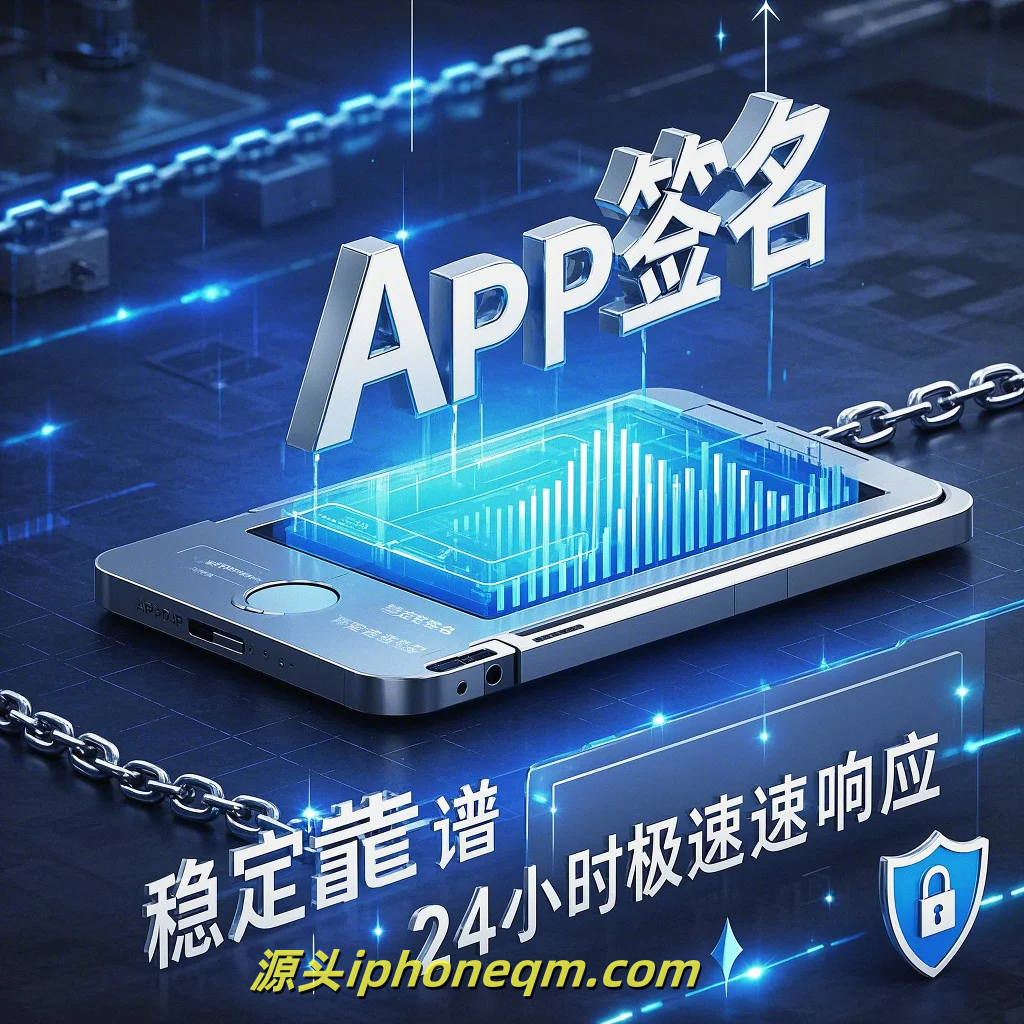
When you’re ready to test your app, you’ll use the Development provisioning profile. Make sure your physical device is registered in your Apple Developer account. This registration process is straightforward and ensures that the device can run your app during the development phase.
Once you've tested and polished your app, it’s time to submit it. During this stage, you’ll switch to your Distribution provisioning profile. Make sure your app is ready for the App Store guidelines before submission. Failure to comply can lead to rejection, so take time to understand Apple’s policies and requirements.
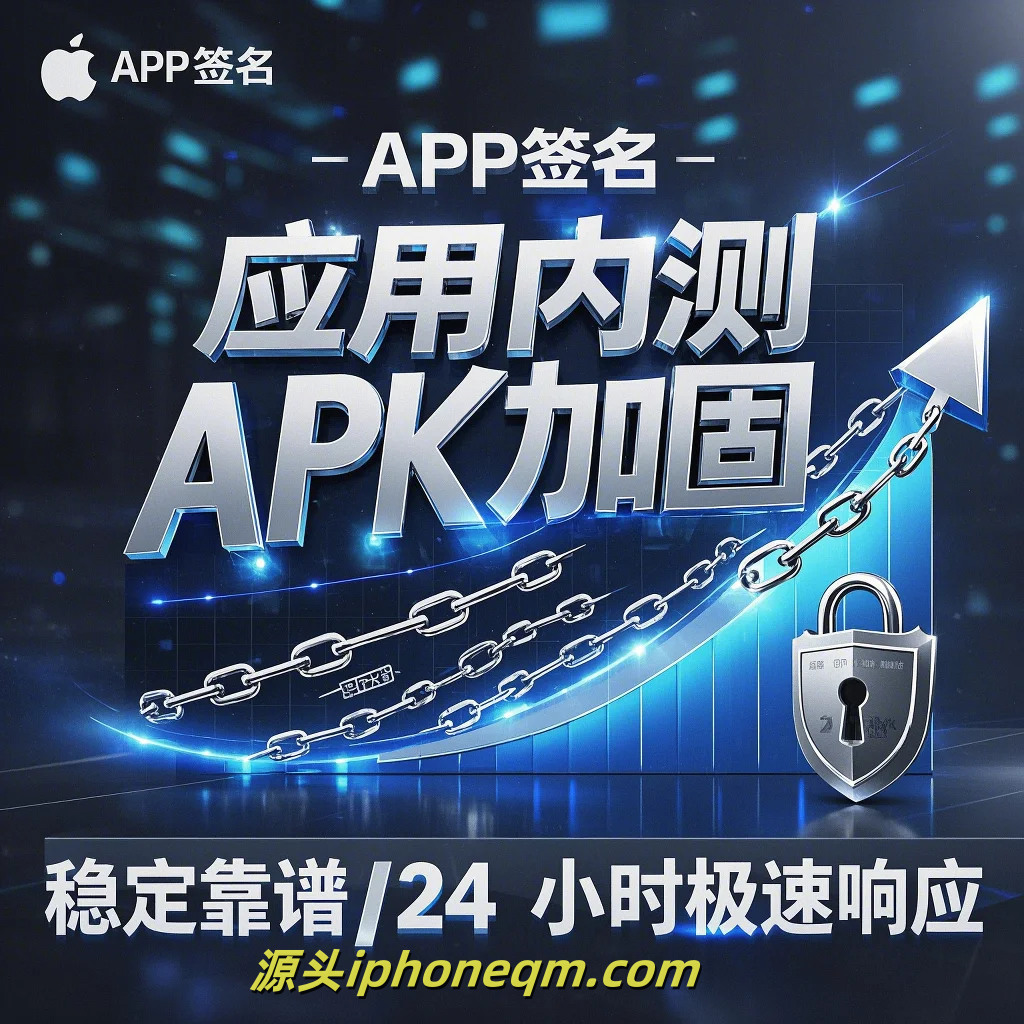
Finally, keep security in mind. Always safeguard your signing certificates and provisioning profiles. If they fall into the wrong hands, they can be misused to sign malicious apps that could compromise users' devices or data.
In conclusion, while the iOS signing process can seem overwhelming at first, understanding these key elements will empower you as a developer. By mastering code signing, you're not just adhering to protocol – you're building trust with users and establishing a solid foundation for your iOS application. So gear up, start developing, and let your creativity flow into the apps that make a difference. Happy coding!
扫描二维码推送至手机访问。
版权声明:本文由MDM苹果签名,IPA签名,苹果企业签名,苹果超级签,ios企业签名,iphoneqm.com发布,如需转载请注明出处。

